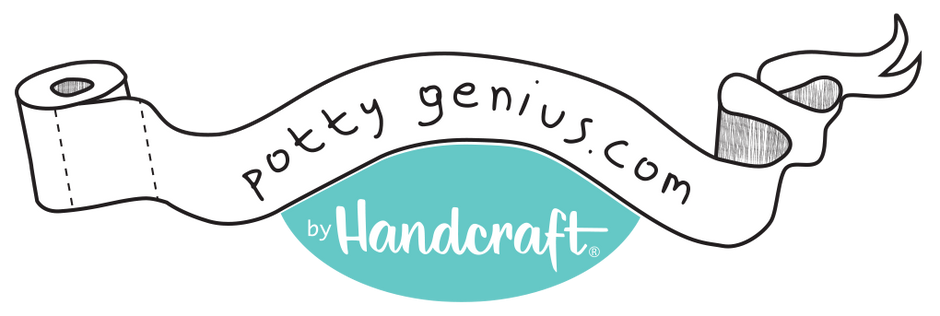If you have a child, you’re familiar with the cost of diapers and wipes, and have possibly noticed a bit of a dent in your checking account that could be fixed if only you could stop adding those high-cost items to your shopping list. If you think your baby might be ready to be diaper free, but need a little more motivation before committing to the cause, take a look at the numbers.
Cost of Disposable Diapers
Since the cost of diapers really depends on where you buy them, what brand you get and the fact that nighttime diapers tend to be more expensive than daytime diapers, let’s say that the average cost per diaper is $0.20. (And that is being generous.) If you go through six diapers per day (another generous assumption), that amounts to $1.20 per day, $36 per month and $438 per year. Add wipes to the equation, at $0.017 each, that’s about $65 per year at least. In short, it costs just over $503 per year at minimum to have your child in diapers. Again, that is a very low estimate, considering that Mint.com puts the cost at $800 per year. While the lesser $503 may not seem much now, it may help make some realistic comparisons. Instead of spending $503 per year on diapers, you could instead purchase:- 114 grande café mochas
- Six relaxing massages
- A monthly manicure or pedicure
- Four concert tickets (with really good seats!)
- Fifty bottles of wine
Cost of Cloth Diapers
Many people assume that they will save money by using cloth diapers, and that may be somewhat true, depending on how they go about it. While Mint.com estimated a cost of $800 per year for disposables, it estimated a cost of $584 per year for cloth diapers. That includes the cost of electricity, water, and laundry detergent. Where the savings really come into play, however, is if your child potty trains early because he or she does not like the feel of a soiled diaper on their skin. There are many people who say that cloth diapers prompt children to use the toilet at an earlier age than children who wear disposable diapers. Disposable diapers are designed to hide the feeling of wetness, so children may not mind wearing them for longer periods of time, whereas cloth diapers don’t hide the unpleasant sensation at all.Environmental Cost
A lot of research has been done on the impact of both cloth and disposable diapers on the environment, and it turns out that both disposable and cloth diapers affect the environment in different ways. Parents need to decide between:- Disposable diapers, which require raw materials for manufacturing, create more solid waste in landfills and take a long time to degrade (experts estimate anywhere between 200-500 years); and
- Cloth diapers, which require electricity and water for washing and drying. In addition, delivery trucks for commercial diaper services consume fuel and create air pollution.

